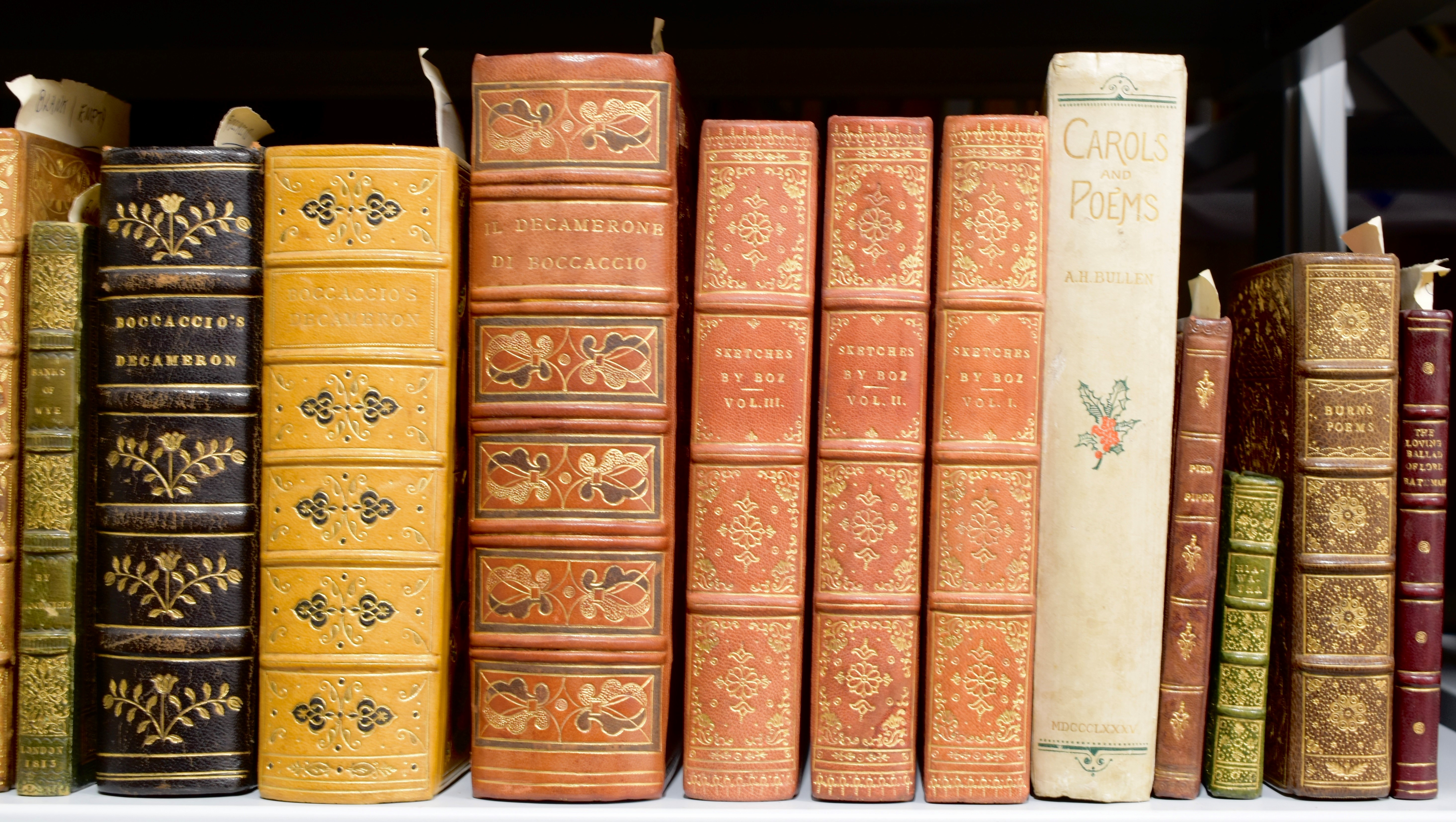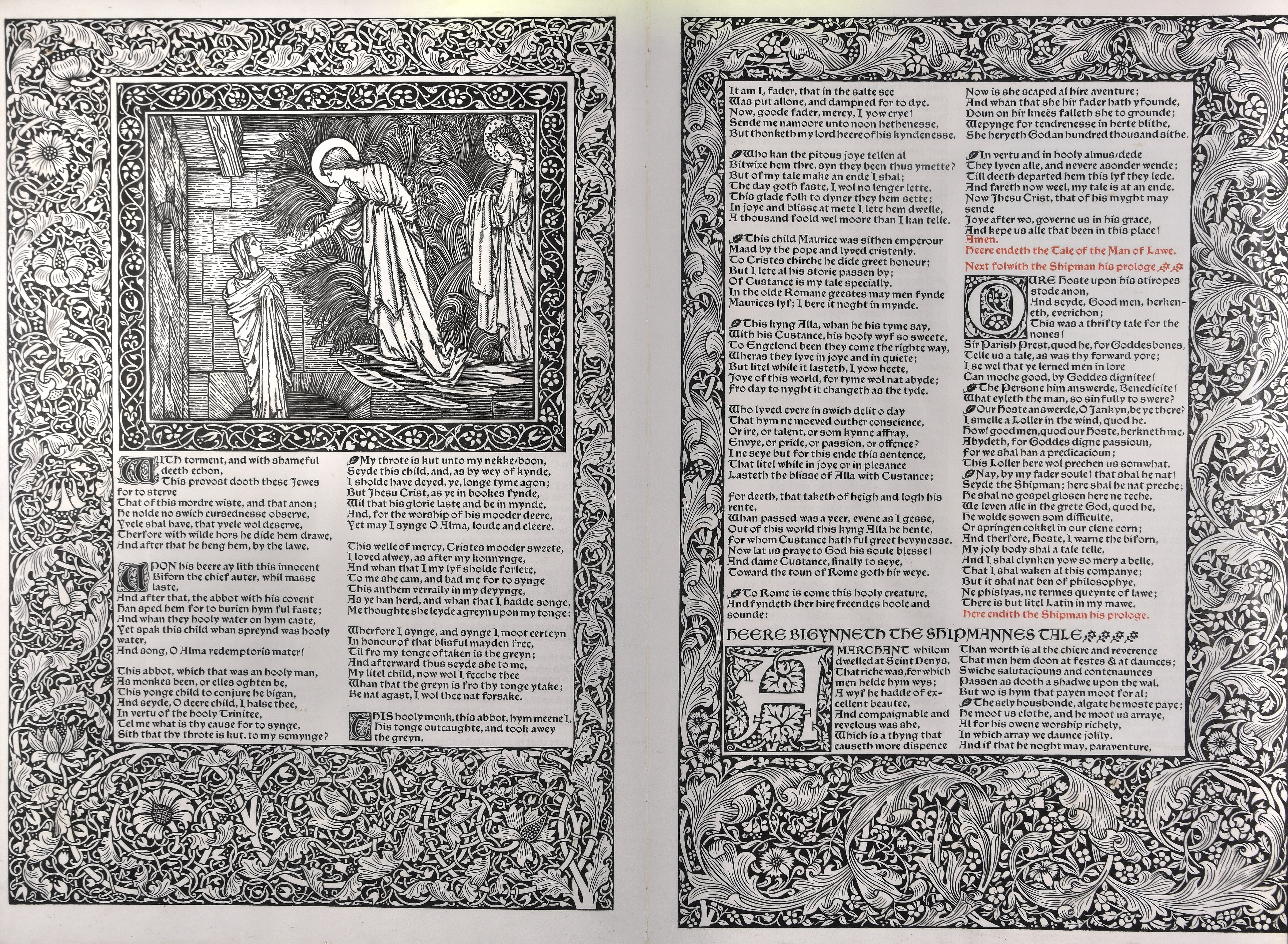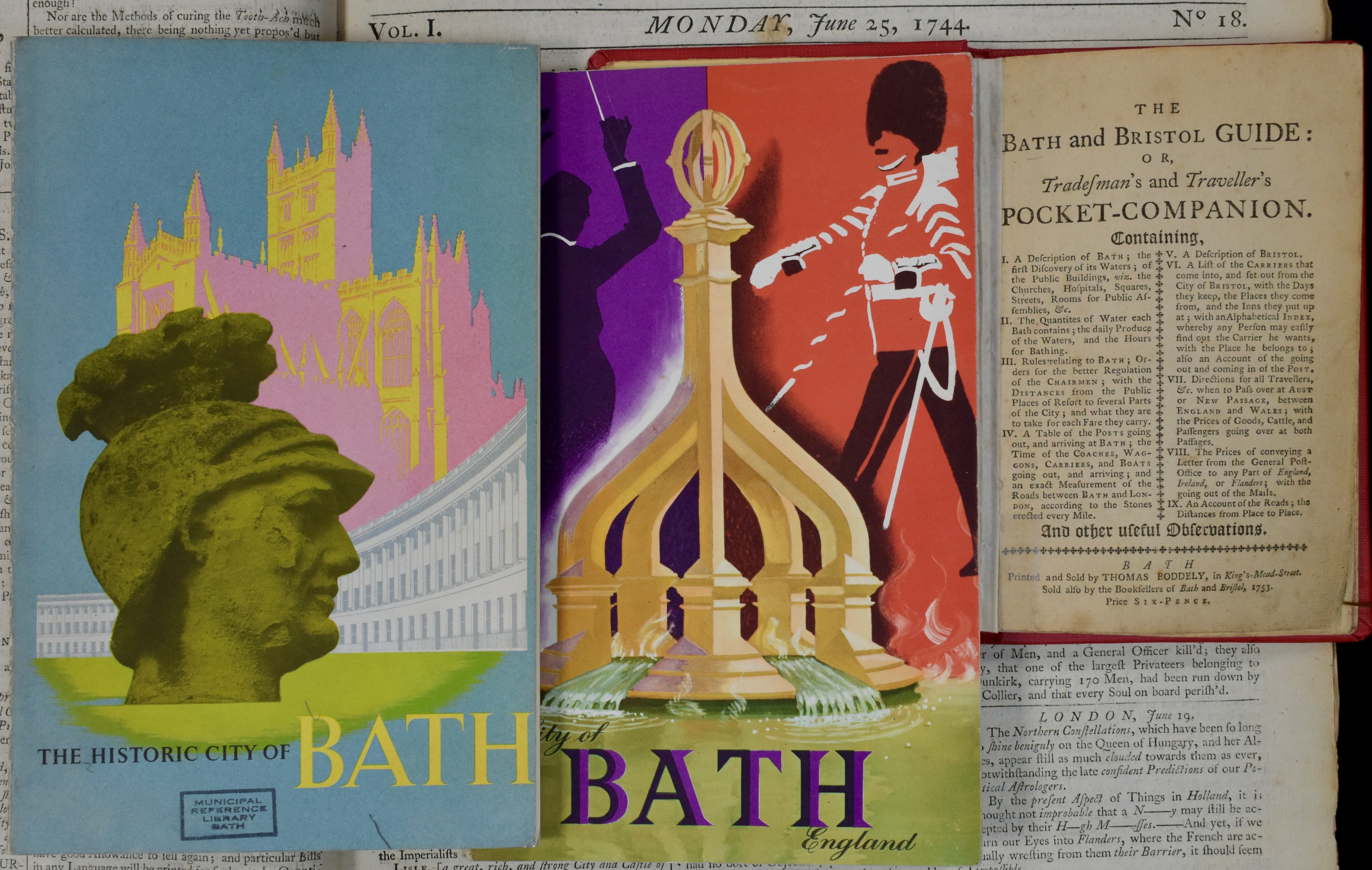
The exhibition will run from Friday 27 June to Saturday 28 June, 10am to 4pm, and will include beautifully illustrated tomes, children’s novels and historic tourist guides.
Originally acquired by Bath Municipal Library, before being entrusted to the care of Bath Record Office, these rare books are remarkable survivors, having survived the bombing raids of the ‘Bath blitz’ in 1942 and the catastrophic Bath floods of December 1960, which resulted in the loss of 2,680 volumes.

A highlight of the exhibition will be a rare trial sheet on vellum of William Morris’s Kelmscott Chaucer, published in 1896, which is still widely considered to be one of the most beautiful books ever printed. Only 13 copies were produced on vellum, a type of animal skin. This treasure was presented to the Bath Reference Library in 1927 by May Morris, daughter of William Morris, who was a regular visitor to Bath.
The display will also feature a copy of the Nuremberg Chronicle, one of the most famous specimens of early European printing, which is known as ‘the crown of German medieval craftmanship’. Created by Hartmann Schedel and printed by the Koberger Press, it is a history of the world based on religious, secular and mythical themes, and is famous for the beauty and precision of its printing and illustrations.

Bath was a pioneer in the publication of city guides, and the exhibition will include a copy of Boddely's Bath and Bristol Guide from 1753, which contains a description of the Guildhall before Baldwin’s 1775 Guildhall that we know today. The guide records: ‘The City of Bath is greatly improved within these few Years in its buildings; the new Houses are strong, large and commodious…’. It also contains a description of the city and the baths, the cost of hiring chairmen, timetables for stagecoaches and boats, and other useful observations.
Another highlight will be the Illuminated Book of Hours, a pocket-sized treasure which was created by an unknown scribe and illuminator in the 1430s. The pages are parchment and the lettering is in gothic style. The wide margins are decorated with borders of ivy-leaf spirals, leaves of gold, and flowers and fruit coloured in blue, red and green. More than 1,000 of the initial letters in the book are illuminated in burnished gold and vibrant colours. The binding bears the bookplate of Pembroke College Cambridge, 1700.
The exhibition will also showcase historic children’s books dating from Georgian times up until the early 20th century, including a rare first edition of Beatrix Potter’s The Tale of Benjamin Bunny, Georgian card games, and rare examples of children’s ‘bookcase libraries’ – decorative miniature bookcases filled with tiny books in pretty bindings.
The Remarkable Books exhibition will coincide with the antiquarian book fair taking place at Bath Pavilion over the same two days, organised by the Antiquarian Booksellers’ Association and Provincial Booksellers Fairs Association.






